1. The Brady Bunch – “The Subject Was Noses”
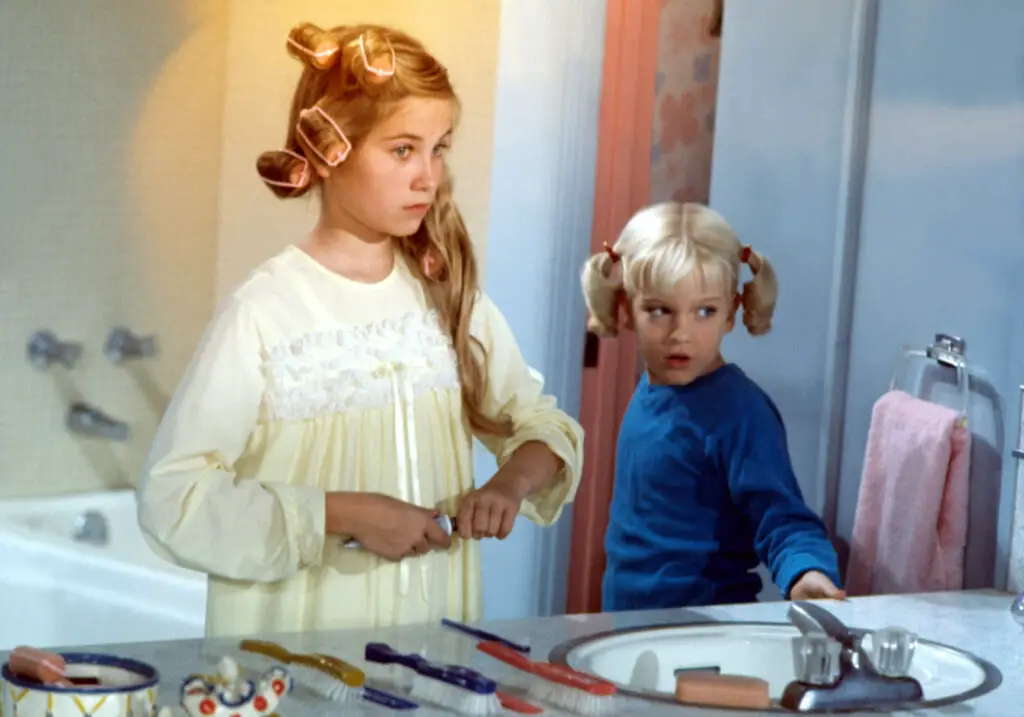
In this Brady Bunch episode, Marcia Brady’s nose is accidentally injured, leading to a humorous yet heartfelt story about self-esteem and beauty. Marcia’s decision to get a nose job sparks a conversation about the pressures of appearance, particularly for young girls, which resonated deeply with viewers. At the time, this was a bold topic for a family sitcom, with the show bringing attention to how society values physical appearance and the sometimes unrealistic beauty standards placed on women shares IMDb.
The aftermath of the episode led to widespread debates about plastic surgery and whether it’s a healthy response to perceived flaws. Viewers began questioning how television shows, especially family-friendly ones, should handle sensitive topics like body image. This episode of The Brady Bunch inadvertently opened up a national conversation about the pressure to conform to beauty ideals and whether that pressure was healthy or harmful for young audiences adds Fandom.
2. All in the Family – “Edith’s 50th Birthday”
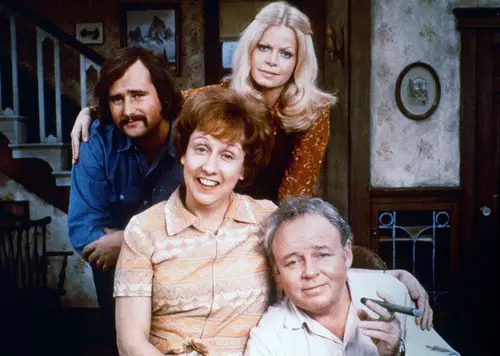
All in the Family was no stranger to controversy, but “Edith’s 50th Birthday” tackled the sensitive subject of women’s autonomy in a way that few shows had done before. In this episode, Edith Bunker’s struggles with aging and the expectations placed on her as a woman sparked national debates about gender roles and women’s rights. The show’s portrayal of Edith as a woman confronting societal pressures brought these issues into the spotlight, where viewers couldn’t help but relate to her internal conflict explains Wikipedia.
What followed was a heated discourse about the portrayal of women in sitcoms. The public began to question how television treated women and how much it contributed to societal standards of beauty and age. As one of the first shows to address the plight of the middle-aged woman with such depth, this episode inadvertently pushed the boundaries of what was acceptable in TV narratives about women adds Metacritic.
3. The Twilight Zone – “The Monsters Are Due on Maple Street”
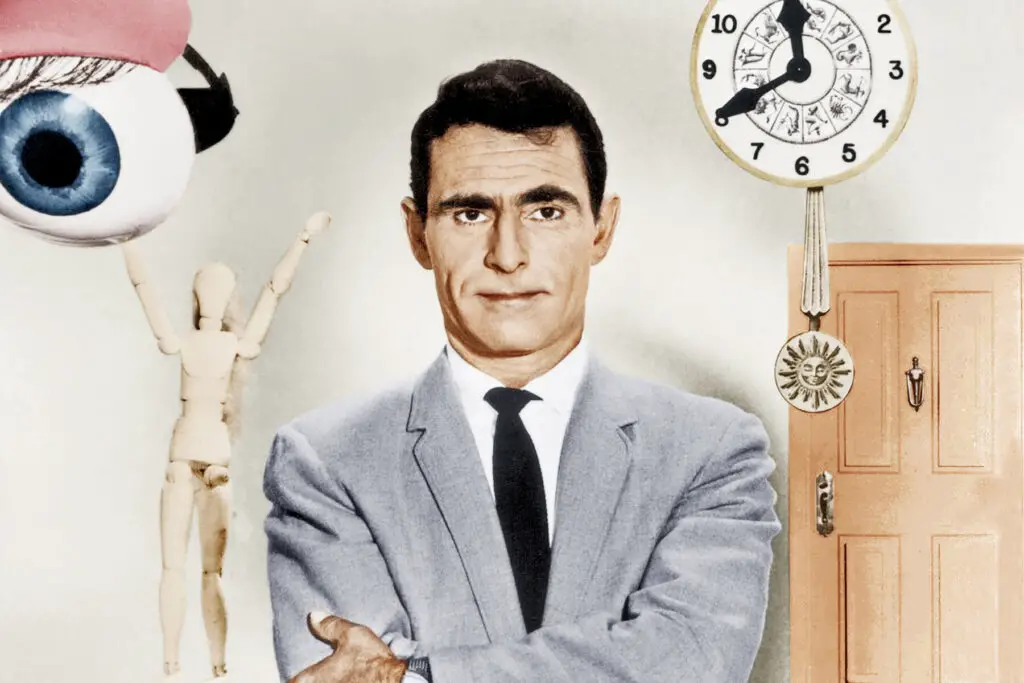
The Twilight Zone is known for weaving thought-provoking commentary into its eerie plots, and “The Monsters Are Due on Maple Street” tackled fear and paranoia in a way that felt all too relevant during the Cold War. The episode, which centers on a neighborhood turning against itself under the suspicion of an alien invasion, sparked national conversations about fear-mongering and the dangers of groupthink. It mirrored the political climate of the time, with McCarthyism and the Red Scare casting a long shadow.
The debate this episode stirred wasn’t just about the fictional premise but about the real-world implications of how fear can be manipulated by leaders for political gain. Viewers began to question the balance between national security and personal freedom, with the episode becoming a cultural touchstone in discussions about civil liberties.
4. The Mary Tyler Moore Show – “Chuckles Bites the Dust”

This episode of The Mary Tyler Moore Show is known for its dark humor, as the newsroom is thrown into chaos after the death of a beloved clown, Chuckles. While it may seem like an odd choice to bring up such a subject in a comedy, it became an unexpected spark for a national debate about how we handle death and mourning in public life. The show addressed the awkwardness of grief and the societal expectations placed on individuals when it comes to loss, something rarely discussed on television at the time.
The reactions from viewers were mixed, with some applauding the show for breaking taboos, while others felt uncomfortable with the humorous treatment of death. The episode opened the door for more serious conversations about how death and loss should be portrayed in media and the broader cultural expectations surrounding mourning.
5. The Simpsons – “Bart Gets an ‘F'”

In Bart Gets an ‘F’, Bart Simpson struggles to pass a history test, leading to a conversation about education, learning disabilities, and the pressures on students. The episode’s depiction of Bart’s failure and his eventual triumph sparked a national discussion about the shortcomings of the education system. It challenged viewers to think about how schools handle students who don’t fit the traditional mold, and whether the focus on standardized testing is failing kids like Bart.
Parents, educators, and lawmakers alike debated whether the show’s depiction of a struggling student was realistic or harmful. The episode opened up a larger conversation about educational reform, the needs of children who struggle in traditional systems, and the changing definition of success in schools.
6. The Golden Girls – “The Way We Met”
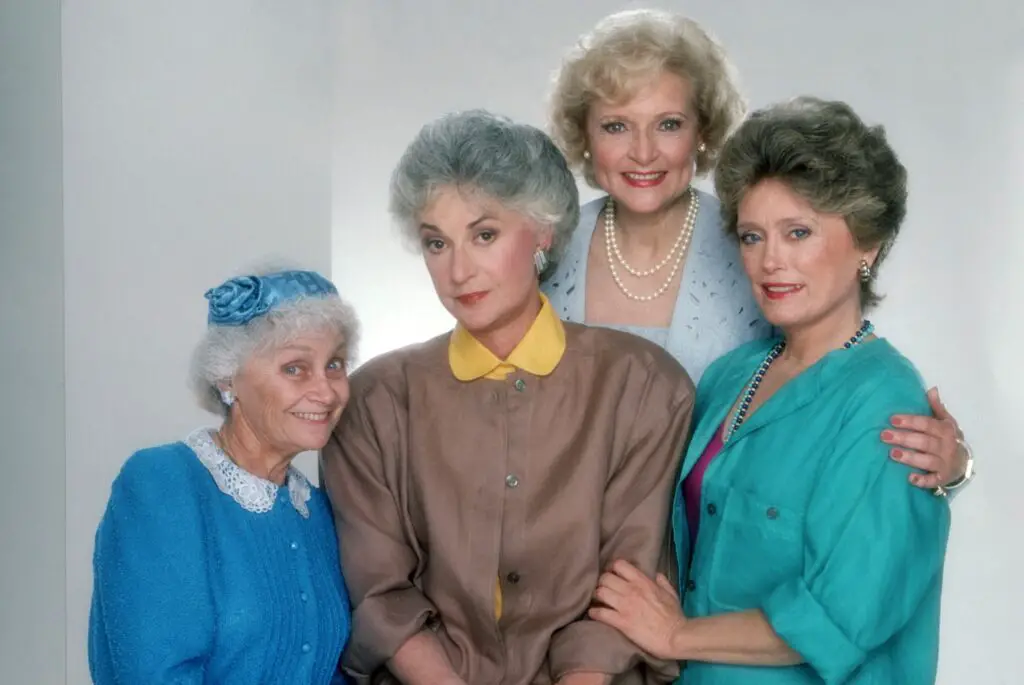
When The Golden Girls tackled the subject of aging and the early stages of romantic relationships, it unexpectedly ignited a national debate about the way older women are treated in society. “The Way We Met” dives into how the women became friends and their respective experiences with love and relationships. The episode challenged the common societal perception that older women are no longer interested in dating, love, or intimacy, showing that these issues are timeless.
Viewers began discussing the importance of accurate representation of aging women in media and questioned the cultural narrative that often sidelines older characters in favor of younger ones. It wasn’t just about romance; it also sparked a larger conversation about the value of older people in society and whether they are given enough space in popular culture to tell their stories.
7. Star Trek: The Original Series – “Let That Be Your Last Battlefield”
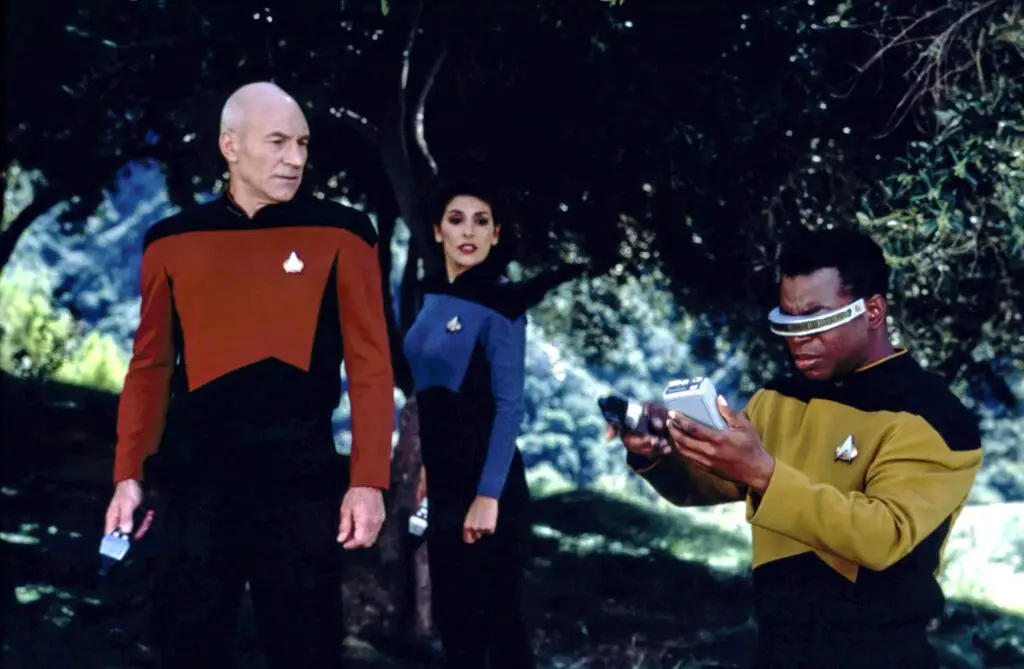
In this Star Trek episode, two alien beings—one black on one side and white on the other—find themselves in conflict over their differences, which leads to an exploration of racism. The powerful allegory about racial division sparked nationwide debates about race relations in the U.S. during the Civil Rights Movement. The episode brought attention to how prejudice and discrimination were often entrenched in society, using science fiction as a vehicle to reflect the realities of racism on Earth.
While some praised Star Trek for its boldness in addressing racial inequality, others felt the episode was too on-the-nose in its message. However, the conversation it triggered helped to shape ongoing debates about race representation in media and inspired other shows to take on similar themes more directly.
8. Friends – “The One with the Prom Video”
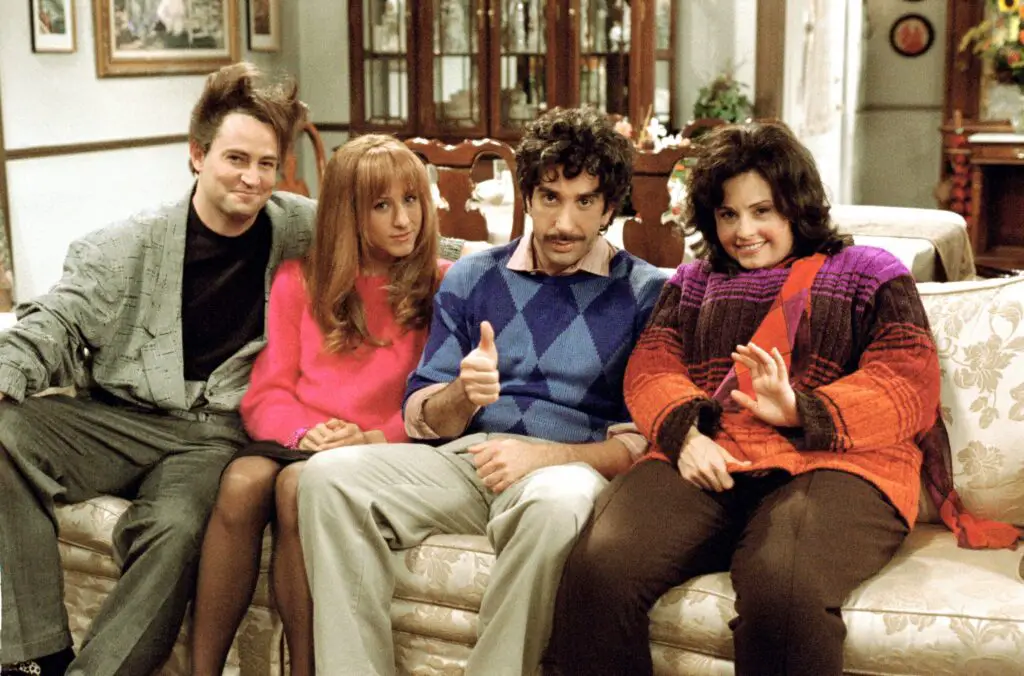
Friends is often remembered for its iconic moments, but the episode “The One with the Prom Video” created a national conversation about body image, nostalgia, and expectations. The storyline centers around a prom video that resurfaces, causing a stir among the characters as they reflect on their younger years. Chandler’s awkwardness and Rachel’s beauty insecurities sparked debates about how body image issues are portrayed in popular media and how often we view our past selves through rose-colored glasses.
This episode led to a larger discussion about how television shows represent body types and whether they reinforce unrealistic beauty standards. It prompted viewers to think about how they perceive their own self-worth and the pressures that come with societal expectations of appearance.
9. Seinfeld – “The Contest”
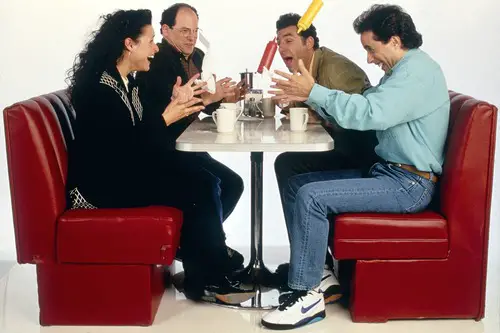
This episode of Seinfeld, which revolves around a bet between the four main characters to see who can go the longest without pleasuring themselves, was a true game-changer in television. It was bold, controversial, and, above all, extremely funny. However, the episode’s discussion of masturbation led to national debates about the limits of comedy, the portrayal of sexuality on TV, and whether certain topics were appropriate for a prime-time sitcom.
The aftermath of the episode’s airing left critics and audiences divided. While many hailed it as a comedic masterpiece, others were uncomfortable with how the show treated such a sensitive subject. “The Contest” unintentionally sparked a larger discussion about how explicit topics should be handled in the media and whether TV shows should be responsible for the conversations they trigger.
10. Roseanne – “The Lottery”
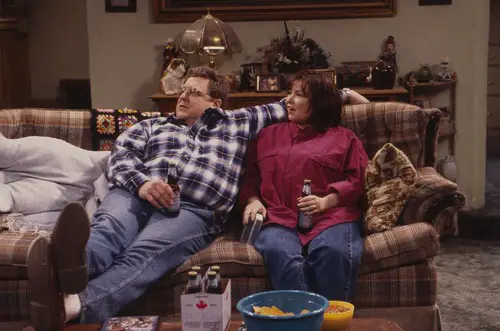
In Roseanne, the episode “The Lottery” centers around the Conner family winning the lottery, which leads to immediate chaos in their lives. This unlikely turn of events sparked a national debate about wealth and the American Dream, as well as the consequences of sudden financial windfalls. The show brought attention to issues like income inequality, class mobility, and the complex relationship between money and happiness.
Viewers were quick to discuss whether the episode portrayed wealth and the lottery in a realistic light or if it was just a comedic fantasy. The national debate that followed focused on the ethics of depicting lottery winnings as both a solution to all problems and a source of unintended consequences.
11. The Office – “The Dundies”
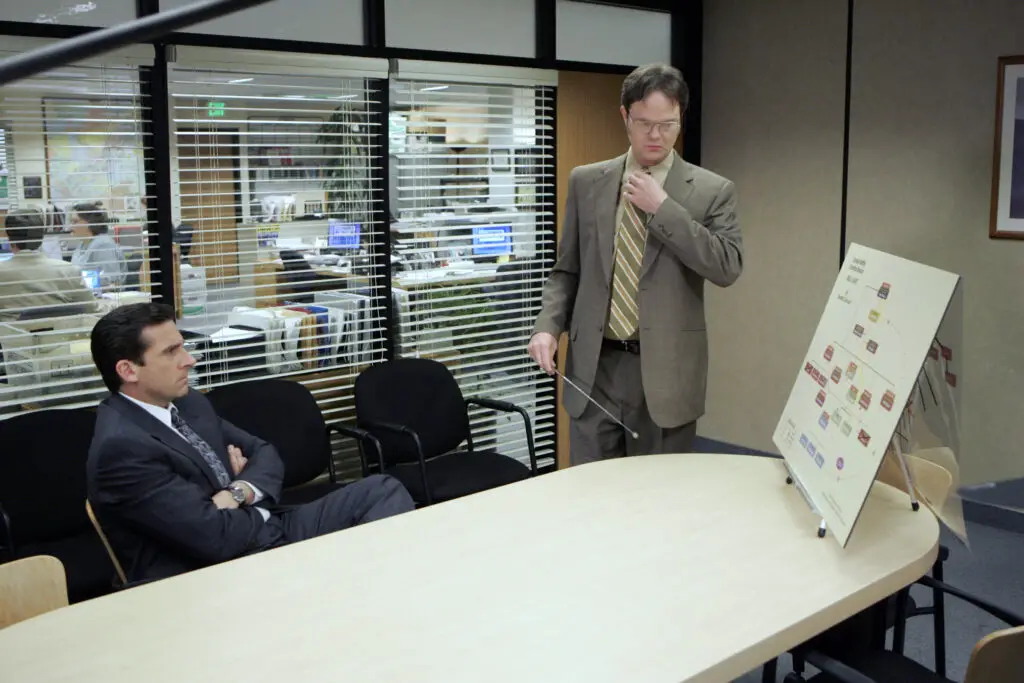
The Office‘s “The Dundies” episode, in which Michael Scott hosts the annual office awards ceremony, unexpectedly sparked discussions about workplace culture, recognition, and microaggressions. Michael’s awkward attempts at awarding employees, coupled with Pam’s drunken behavior, led to an open conversation about how companies handle recognition and the often uncomfortable nature of corporate ceremonies. The episode’s comedic take on office life made viewers question the authenticity of corporate “team-building” activities.
The debate sparked by this episode wasn’t just about the cringe-worthy humor but about the broader implications of how workplaces celebrate and acknowledge their employees. The discussions that followed encouraged companies to rethink their employee recognition practices and focus more on inclusivity and respect in the workplace.
12. Frasier – “The Seal Who Came to Dinner”
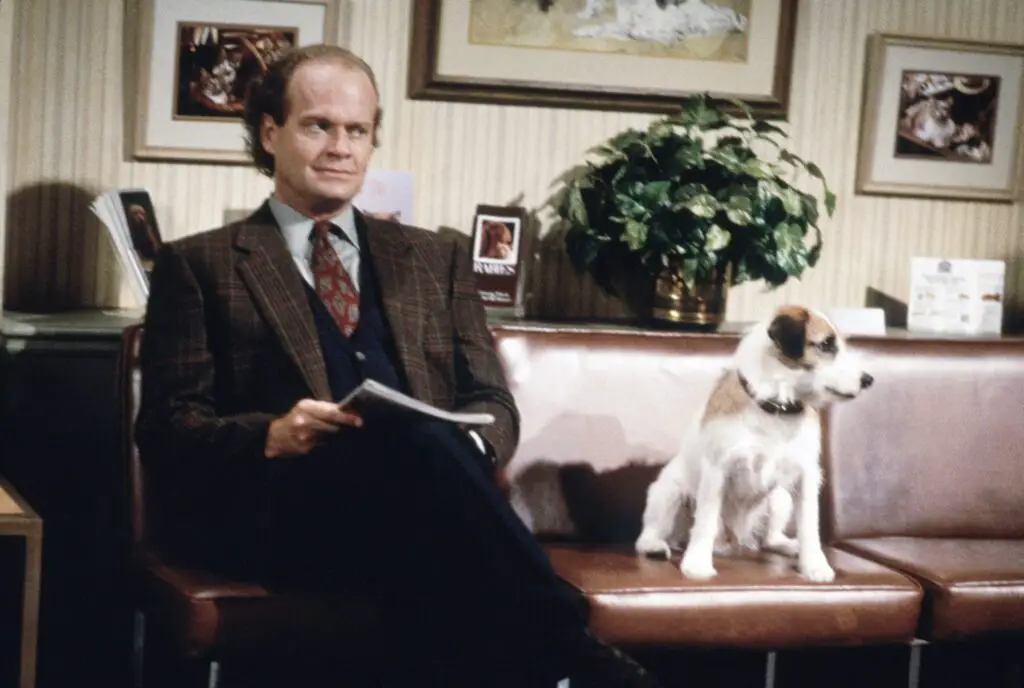
In this Frasier episode, a seal ends up in Frasier Crane’s apartment, causing a whirlwind of events. Although the plot itself was outlandish, the show’s exploration of domestic animals and how they can disrupt lives led to debates about pet ownership and animal rights. Viewers began discussing how pets are treated as family members in modern society and whether this trend was leading to unrealistic expectations about pet care.
The national conversation sparked by this comedic moment ended up highlighting important issues regarding the responsibilities of pet owners, and the ethics of keeping animals in household settings. The episode inadvertently addressed the growing role of pets in American homes and the ways in which animals are perceived in popular culture.
